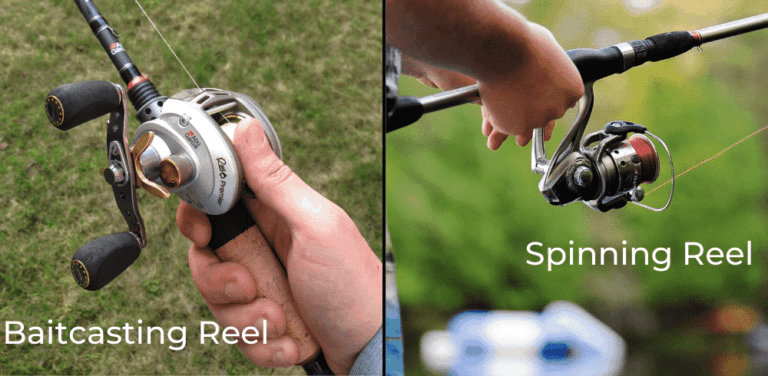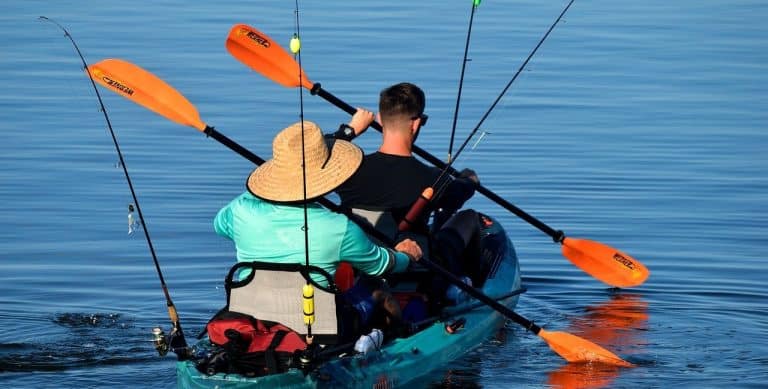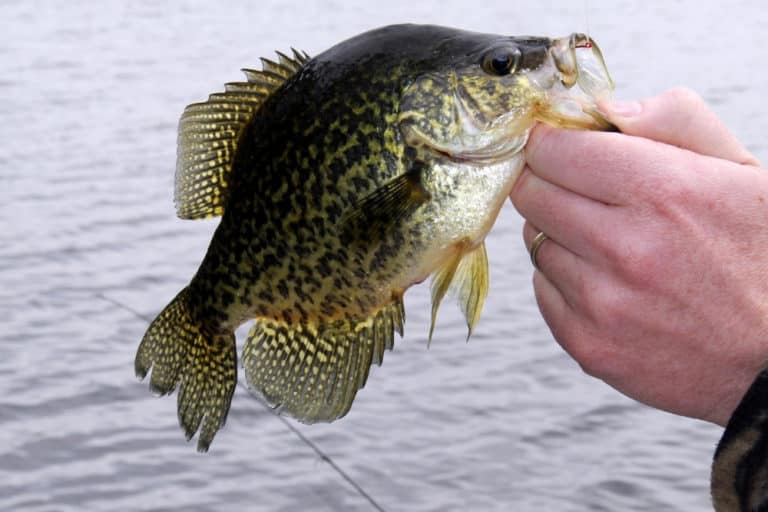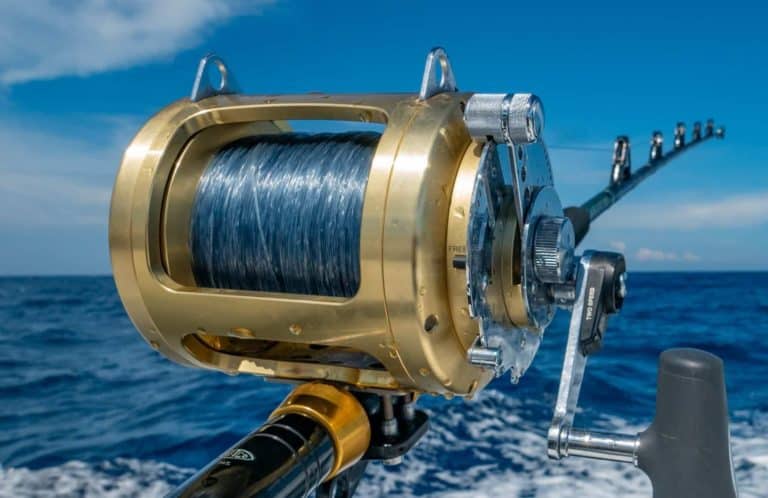Baitcaster vs Spinning Reel
Just like various types of fishing, there are various types of rods and reels you can use depending on what you’re trying to catch. As it stands, baitcasters and spinning reels are two of the most popular reels used today, but each fisherman has their own preference when it comes to picking the best reel.
When deciding between the two you’ll need to consider your skills, techniques you are using, what type of fish you’re planning on catching, where you will be fishing and more.
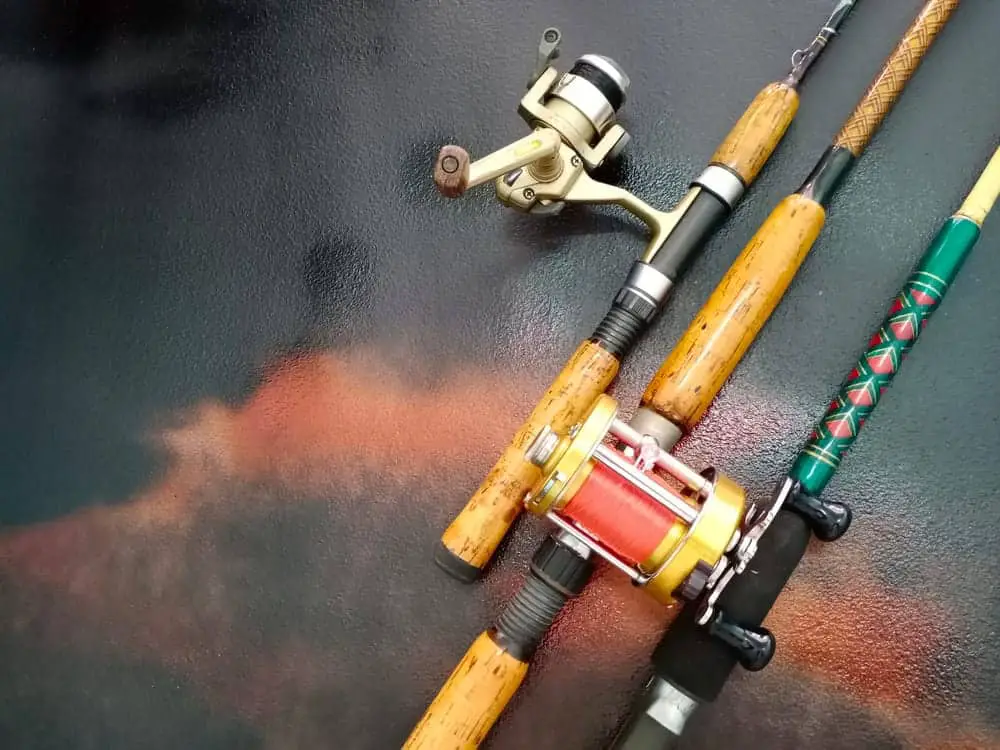
Having to consider so many different factors before choosing your reel can be pretty overwhelming, and sometimes you don’t know where to start.
To learn about which reel is best for you, read on.
Table of Contents
Which is Better: Baitcaster or Spinning Reel?
When comparing baitcasters and spinning reels, you will learn that there are a lot of differences between the two. So, in terms of which is the “better” reel will be dependent on each individual, what they’re looking for, and what sort of fishing they want to do.
Here you can find more about each reel, and they’re common uses:
Baitcasters
Despite their names, baitcasters are more commonly used for lure fishing (artificial objects that imitate fish prey). They are also generally considered a better reel when it comes to heavier lines, and fishing for larger fish.
A baitcaster reel sits on top of your fishing rod, so the spool (where the fishing line is) is parallel to the rod. When baitcasting, the spool moves with the casting of the line, allowing you to be able to get a more accurate cast. However, they can be tricky to control, and if you’re not experienced enough this can cause the line to backlash (bunch up in knots).
When using a baitcaster reel, you will use your dominant hand to both cast the rod, and to reel the line in as well. It also features a button, which you’ll need to press to release the fishing line when you cast. This will immediately drop your bait. The cast can be ended by turning the reeling handle, or alternatively you can use the same button again.
Baitcasters are not recommended for novice fishers as they are difficult to control. Using a baitcaster too early on could put you off fishing – so be sure to use the appropriate reel for your skill level!
Spinning Reels
Spinning reels are considered the simplest reels to use, so they’re perfect if you’re just starting out. They’re generally a lot cheaper too, and you can customise the reel to your own personal preferences.
Spinning reels are mounted at the bottom of a rod, which gives you better balance when casting. You will also find the drag adjustment (to control how much resistance a fish feels when on the line) towards the top of the reel, which can be easily altered during a cast.
Spinning reels are a favourite of pro anglers all around the world, and are considered to be the most versatile of reels. Unlike baitcasters, they are less prone to backlash, and you can control the cast distance and speed better.
However, spinning reels aren’t generally considered suitable when fishing for bigger fish, and using heavier lines. In addition, they’re cheaper price tag also means that you’ll have to pick up a replacement more often.
When to Use Each Reel
As both reels are commonly used for freshwater and saltwater fishing, and from fishing ashore and from a boat, how do you determine which reel to use and when?
The general rule of thumb is that if you’re going after larger and stronger fish use a baitcaster, as you can use a heavier line and lure. However, spinning reels are seen as an “all-around” reel, and can be used for almost all fishing techniques.
Also, as saltwater is far more corrosive than freshwater, sea fishing requires more durable lines, and materials. In addition saltwater fishes are usually stronger and bigger (think tuna, tapon etc) so you’ll want heavier gear to tire them out. In this instance, a baitcaster might be a better option.
What are the Pros and Cons of a Baitcasters?
Pros:
- Greater casting distance
- Better accuracy
- Able to use heavier lines and lures
- Lightweight
- Can hold more line
- Better for larger and heavier fish
- Durable
- Line doesn’t twist as easily
- Capable of a stronger drag
Cons:
- Expensive
- Prone to backlashes (sudden bunching of the line in the spool)
- Requires a high level of fishing experience to use
- Not suitable for light lures
- Lines prone to breaking and tangling
- Complicated maintenance
What are the Pros and Cons of a Spinning Reel?
Pros:
- Easy to use (great for novice fishers)
- Low price
- Suitable for lighter lines and lures
- Less prone to line tangling and jamming
- Versatile (can be used for almost all fishing techniques)
- Easy to maintain
Cons:
- Heavy
- Less durable (needs replacing more frequently)
- Not as accurate in comparison to baitcasters
- Shorter casting distance
- Line prone to twisting
- Not recommended for larger fish
Do Pros use Spinning Reels?
Pro fishermen will use different reels which are dependent on the type of fishing they’re doing, and what fish they’re trying to catch. For instance, if they’re fly fishing they will have to use a fly reel. However, as spinning reels are considered an “all-rounder”, they can be used for a multitude of purposes.
Here’s just some of the various ways to use a spinning reel:
- Spin fishing
- Using live or dead bait
- Using artificial lures
- Fishing with rigs
- Bobber fishing
- Ice fishing
Not only are they the most versatile type of fishing reel, they are the easiest to use. Also, as they are lightweight, many pro anglers use spinning reels for finesse techniques (a more delicate approach).
For example, many pro bass fishermen will opt for a baitcaster, but they will switch to spinning gear when they want to use finesse tactics (often when the bass aren’t feeding actively).
Walleye pro anglers also favor the use of spinning reels over any other fishing reel.

